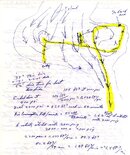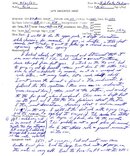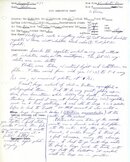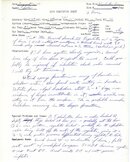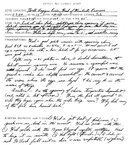First and foremost, use the computer. The gray one between the ears. Common sense is probably more important than the rest.
Second, which is derived from the above: the ability to tell yourself when it is time to abort dive or skip it altogether. Surprisingly many divers fail to do that. Better live to dive another day and all those cliches are sometimes true. If you dive a lot it won't matter to you one more or one less dive.
Training. If you can do a basic tech course- do it. Even if you won't do tech diving, you'll learn a lot and gain experience.
Ditto for Dive Master and beyond. Again, even if you won't work in the industry, these are fun learning and experiencewise are the best courses.
If you dive a lot from boats, safari etc. Learn and practice to deploy SMB never rely on divemaster's one . Actually never rely on others- it is fine to be able to get help, but better be always self reliable and able to help others.
Second, which is derived from the above: the ability to tell yourself when it is time to abort dive or skip it altogether. Surprisingly many divers fail to do that. Better live to dive another day and all those cliches are sometimes true. If you dive a lot it won't matter to you one more or one less dive.
Training. If you can do a basic tech course- do it. Even if you won't do tech diving, you'll learn a lot and gain experience.
Ditto for Dive Master and beyond. Again, even if you won't work in the industry, these are fun learning and experiencewise are the best courses.
If you dive a lot from boats, safari etc. Learn and practice to deploy SMB never rely on divemaster's one . Actually never rely on others- it is fine to be able to get help, but better be always self reliable and able to help others.



